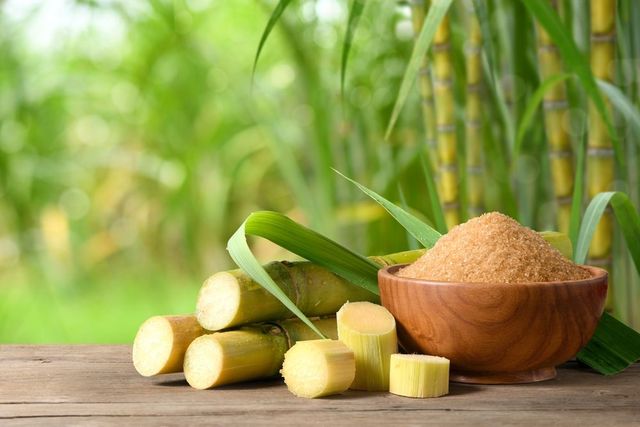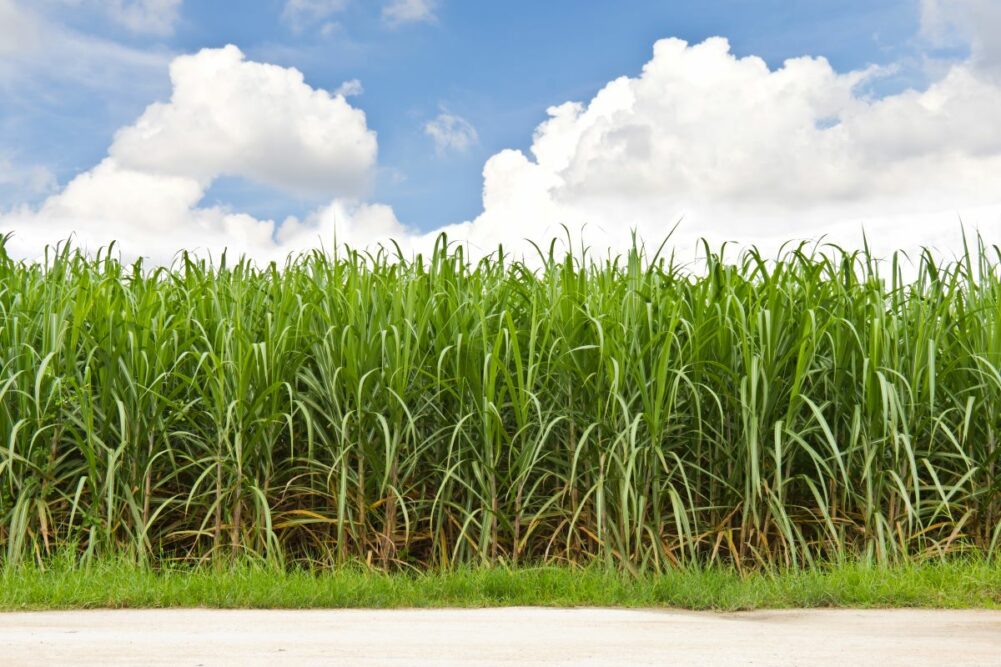Exactly How Walking Stick Sugar Handling Chemicals Improve Sugar Top Quality and Return
The role of processing chemicals in cane sugar production is pivotal, as they directly influence both the quality and return of the end product. By utilizing compounds such as lime and phosphoric acid, makers can properly get rid of contaminations and improve extraction efficiency. The incorporation of turned on carbon and enzymes offers to enhance the break down of complex sugars, inevitably leading to a purer and higher-quality sugar. The intricacies of how these chemicals connect within the processing environment raising concerns concerning their long-lasting implications and possible innovations in the market.
Review of Walking Cane Sugar Handling
Walking cane sugar handling involves a collection of crucial steps that transform raw sugarcane into refined sugar items. The procedure begins with harvesting, where fully grown sugarcane stalks are cut and delivered to processing centers. Upon arrival, the walking stick goes through washing to eliminate impurities such as soil and plant materials.
Complying with cleaning, the walking stick is squashed to draw out the juice, which has sucrose - sugar and cane. This juice undertakes information, where lime and warm are utilized to get rid of staying contaminations and non-sugar parts. The cleared up juice is then evaporated to concentrate the sugar material, leading to the development of thick syrup
Next, the syrup is taken shape through a regulated air conditioning procedure, leading to sugar crystals. These crystals are separated from the continuing to be syrup in centrifuges. The raw sugar acquired is generally brownish due to recurring molasses web content. To attain polished sugar, additional purification actions are used, including washing, re-crystallization, and drying out.
The end product is either packaged as raw sugar or even more processed into white sugar, providing to numerous customer and commercial demands. This extensive series of steps makes sure the manufacturing of high-quality sugar, essential for numerous applications in food and beverage sectors.
Key Handling Chemicals Used
The production of polished walking cane sugar depends on different processing chemicals that play substantial roles at various stages. This step is necessary for boosting the total quality of the removed juice.
Phosphoric acid offers a dual function; it enhances the information procedure and aids in the removal of color-forming substances, adding to a greater purity of the last product. Additionally, sulfur dioxide operates as a lightening agent, permitting for the efficient removal of undesirable pigments and improving the shade of the sugar.
Various other noteworthy chemicals include activated carbon, which is used for more decolorization, and enzymes that facilitate the failure of complex sugars into easier kinds, hence improving yield. The mindful selection and application of these processing chemicals are vital for enhancing the effectiveness of sugar removal and refining procedures, ultimately check this site out leading to an extra consistent and higher top quality sugar item.

Effect On Sugar Quality
Exactly how do processing chemicals affect the quality of polished sugar? The introduction of different chemicals in the walking stick sugar processing phase significantly enhances the pureness and general quality of the last item.
Moreover, making use of activated carbon and ion-exchange materials throughout the refining process plays a vital duty in eliminating off-flavors and unfavorable smells, contributing to the sugar's sensory profile. This refinement not only elevates the visual and organoleptic top qualities however likewise improves the rack life by minimizing microbial activity linked with impurities.
In enhancement, the specific application of these chemicals guarantees that the sugar shows a consistent grain size and flowability, which are essential features for both commercial applications and consumer preferences. Overall, the calculated use handling chemicals is basic in attaining high-quality polished sugar that satisfies industry standards and consumer assumptions.

Enhancing Yield Efficiency
Enhancing yield efficiency in walking cane sugar handling entails enhancing various phases of production to make the most of the quantity of sugar removed from raw cane. One critical aspect is the selection and application of suitable processing chemicals, which can facilitate the malfunction of cell wall surfaces and boost sugar release throughout extraction. Chemicals such as enzymes and acids play an important function in this procedure by hydrolyzing polysaccharides and dissolving impurities, therefore boosting the general extraction efficiency.

Routine monitoring and modification of processing specifications are important site link to keep effectiveness throughout manufacturing (sugar and cane). By employing these methods, sugar producers can not only enhance the quantity of sugar gotten but likewise reduce waste and lower manufacturing costs, adding to an extra profitable and sustainable sugar handling procedure
Advantages for Consumers and producers
Walking stick sugar handling chemicals supply significant advantages for both consumers and producers, producing a much more sustainable and efficient sector. For manufacturers, these chemicals boost removal procedures, leading to higher yields and improved sugar quality. By optimizing the purification and crystallization stages, they reduce waste and boost general efficiency, which can substantially decrease manufacturing expenses. This effectiveness allows producers to remain affordable in an international market identified by rising and fall rates and need.
For consumers, the advantages are similarly compelling. The improved top quality of sugar translates to much better taste and uniformity in food. Additionally, the usage of processing chemicals can lead to an extra steady supply of sugar, mitigating scarcities and cost spikes that can occur as a result of environmental factors or market variations. Furthermore, the improvements in production techniques add to sustainability campaigns by lessening source usage and waste generation, interesting ecologically mindful consumers.
Verdict

The function of processing chemicals in walking cane sugar production is critical, as they directly affect both the quality and return of the final item (sugar and cane). The consolidation of activated carbon and enzymes offers to enhance the failure of complicated sugars, ultimately leading to a purer and higher-quality sugar.Walking cane sugar processing entails a series of critical steps that change raw sugarcane right into polished sugar items.Enhancing yield effectiveness in walking stick sugar processing includes enhancing numerous stages of production to take full advantage of the amount of sugar drawn out from raw cane.Walking stick sugar processing chemicals play a critical role in boosting both sugar quality and return